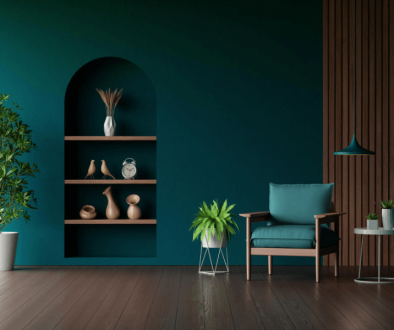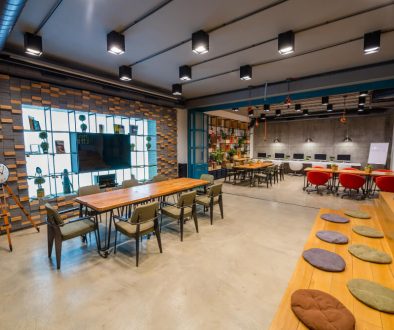Best Cladding Tips to Create Stunning Wall Designs
The right office fit out cladding not only protects your wall from the elements, but it also plays a significant part in the overall appearance of the wall. In any office wall design, the walls are the largest single area of material, so choosing the right siding or cladding that can give your business a professional appearance is paramount.
If your wall cladding is doing the right job, it will not only prevent moisture from getting inside your office building, it will also be resistant to rot, insect, and fungal attack.
Take your feature walls from flat to fantastic by introducing 3D textures, sophisticated natural elements, and the tactile allure of vertical cladding in your office or home.
1. Natural stone cladding
Recent trends have favored Stoneworks for its rustic textures and neutral yet diverse color palette. Limestone, sandstone, granite, or even manufactured stone surfaces can all inject a gentle earthy feeling to your space.

Stoneworks well when combined with other natural elements like timber flooring, woven rugs, and soft linen upholstery to maintain a feeling of coziness.
Stone is particularly effective when applied to a fireplace or mantle and makes a stunning impact when used on an entire wall. However, stone cladding can be very expensive and considerations for the weight of this product will need to be made during construction.
2. Timber cladding
Timber cladding offers unique warmth to any space and is available in a stunning range of species. These sophisticated natural timber options bear little resemblance to the tongue and groove or sixties paneling of yesteryear.
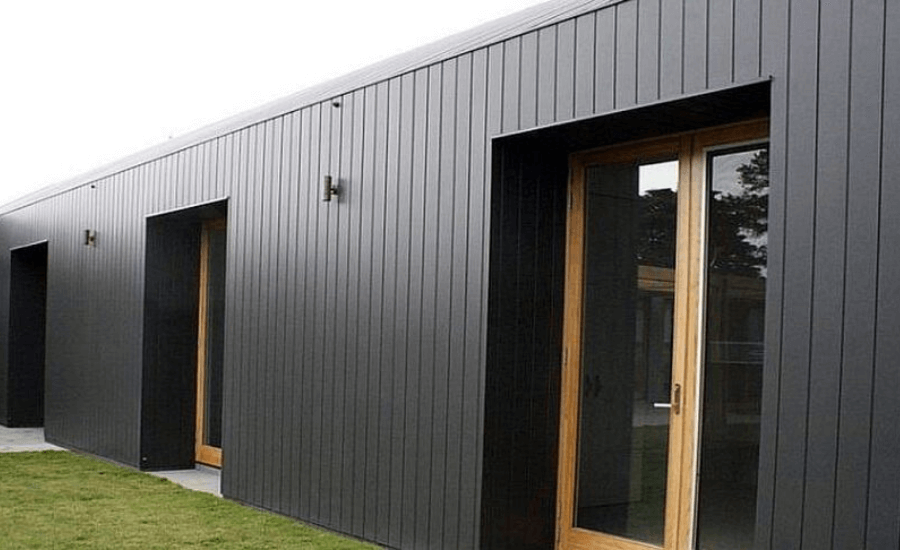
They are available in different veneer cuts to highlight the natural grain, can be manufactured in irregularly shaped panels, and installed with subtle shadow lines to highlight the individual panel placements. Screen wood is another attractive timber cladding option and can be installed on both walls and ceilings for a clean linear effect.
3. Tile cladding
In recent years the finishes, colors, shapes, and sizes available in tiles have become increasingly impressive. Slick new rustic surfaces combined with metallic accents, highly polished porcelains in soft sludgy tones, and even tiles that resemble timber boards – in both color and texture.
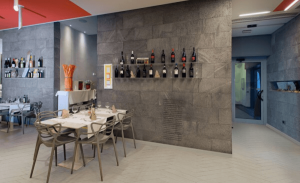
New mosaic tiles are shifting shape and can now be found in a huge variety of patterns, colors, and even combinations of 2 or more different materials. Many floor/wall tiles also have matching mosaic patterns so you have the option to retain a singular color scheme yet introduce interest by using a contrasting shape.
Tile cladding has been incorporated into features for housing facades for many years now and can be difficult to get right.
4. Panel cladding
Whether you prefer the rustic charm of handmade coconut mosaic or the gentle flowing pattern found in sculpted wall panels there is a 3D wall option to suit your room. The beauty of a product like coconut mosaic tiles is that they can be purchased in packs and easily installed at home for an instant transformation.

Sculpted wall panels are custom made in the pattern and size you require out of raw MDF. These can either be finished by the manufacturer in a vinyl or metal coating or can be primed and painted your desired color after installation.
Grids of upholstered panels wrapped in fabrics like suede, leather, and silk are popular options to give a hotel-like feeling to master suites and media rooms.
5. Gypsum cladding
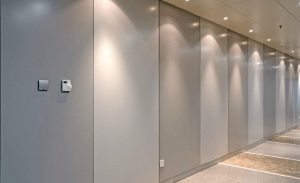
Gypsum Wall Cladding tiles are an innovative product and an alternative to the stone & brick veneer market. These Gypsum panels are an excellent innovational product and can be easily installed. Making it a cost-effective option for both residential and commercial projects.
5. Wooden cladding
Wooden cladding is a popular architectural technique that involves covering the exterior of a building with wooden boards or panels. This method not only enhances the aesthetic appeal of a structure but also provides functional benefits. Wooden cladding is known for its natural and timeless beauty, creating a warm and inviting ambience.

It can be used on a variety of building styles, from traditional cottages to modern urban homes, blending seamlessly with different architectural designs. Additionally, wooden cladding offers insulation properties, helping to regulate indoor temperatures and reduce energy consumption. It also provides protection against the elements, ensuring the longevity of a building’s exterior.

